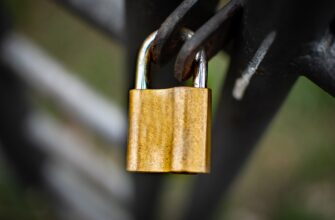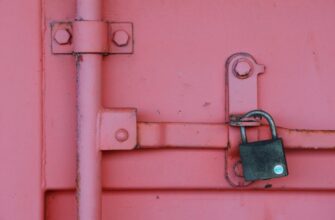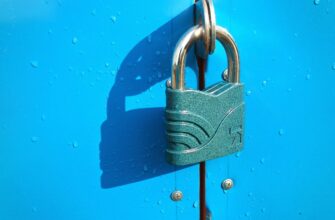When it comes to securing digital assets, a ledger—whether it’s a blockchain wallet, financial records, or a personal data repository—requires robust protection. A password-protected ledger is a critical layer of security that prevents unauthorized access, data breaches, and malicious activities. This guide explains how to effectively guard your ledger with a password, including best practices, step-by-step methods, and frequently asked questions.
### Why Password Protection Matters for Your Ledger
A ledger stores sensitive information, from cryptocurrency balances to personal financial data. If this data is compromised, it can lead to financial loss, identity theft, or unauthorized transactions. A strong password acts as the first line of defense, ensuring that only authorized users can access or modify the ledger’s contents. However, password security is only as strong as the practices you follow.
### Step-by-Step Guide to Guarding Your Ledger with a Password
1. **Choose a Strong Password**
– Use a combination of uppercase letters, lowercase letters, numbers, and special characters. Avoid common words or patterns like ‘password123’.
– Example: $$text{P@ssw0rd!2025}$$ is a strong password, while $$text{123456}$$ is weak.
– Consider using a passphrase (e.g., $$text{My$ecure$ledger!2025}$$) for easier memorization.
2. **Store Passwords Securely**
– Use a password manager like $$text{Bitwarden}$$ or $$text{1Password}$$ to generate and store passwords securely.
– Avoid writing passwords on sticky notes or in plain text.
3. **Enable Two-Factor Authentication (2FA)**
– Add an extra layer of security by requiring a second verification method (e.g., a code sent to your phone or email).
– Example: $$text{Google Authenticator}$$ or $$text{Authy}$$ are popular 2FA apps.
4. **Regularly Update Passwords**
– Change your ledger password every 90 days to reduce the risk of compromise.
– Avoid reusing passwords across multiple accounts.
5. **Use a Password Generator**
– Tools like $$text{https://www.passwordgenerator.net}$$ create random, complex passwords that are hard to guess.
– Example: $$text{aB3#xL9@qZ!}$$ is a randomly generated password.
### Best Practices for Password Security
– **Avoid common passwords**: Words like ‘password’, ‘123456’, or ‘qwerty’ are easy targets for hackers.
– **Use unique passwords for each account**: If one password is compromised, others remain safe.
– **Enable biometric authentication**: Use fingerprint or facial recognition for added security.
– **Monitor your ledger activity**: Regularly check for suspicious logins or transactions.
### Frequently Asked Questions (FAQ)
**Q1: What is a password-protected ledger?**
A password-protected ledger is a digital record (e.g., blockchain wallet, financial database) that requires a password to access or modify its contents. It ensures that only authorized users can interact with the data.
**Q2: How do I choose a strong password?**
A strong password should be long (at least 12 characters), include a mix of letters, numbers, and symbols, and avoid common words. Tools like $$text{https://www.passwordgenerator.net}$$ can help generate secure passwords.
**Q3: Can I use the same password for multiple ledgers?**
It’s not recommended. Using the same password for multiple accounts increases the risk of widespread compromise if one password is breached.
**Q4: What should I do if I lose my ledger password?**
If you lose your password, contact the service provider for recovery options. Many platforms offer password reset tools, but this may require verification of your identity.
**Q5: Is it safe to use a password manager for my ledger?**
Yes, password managers like $$text{Bitwarden}$$ or $$text{1Password}$$ encrypt and store passwords securely, reducing the risk of exposure.
### Conclusion
Securing your ledger with a password is a fundamental step in protecting your digital assets. By following best practices—such as using strong passwords, enabling 2FA, and storing passwords securely—you can significantly reduce the risk of unauthorized access. Regularly updating your password and monitoring your ledger activity further enhances security. With these measures, you can confidently guard your ledger against potential threats.
Remember, a password is only as strong as the practices you implement. Stay proactive in maintaining your security to ensure your ledger remains safe and private.








